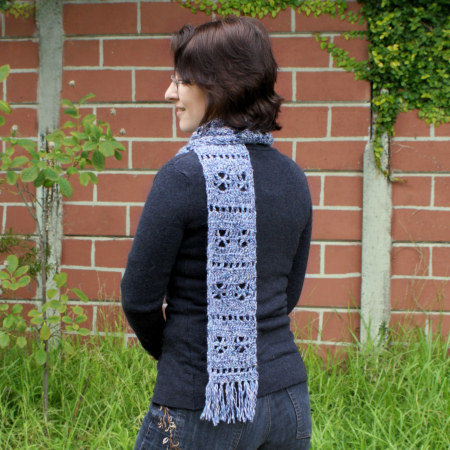
I’ve had to reshuffle my plans a bit this month, as I polled my Ravelry group and discovered that mid-November (my intended release date for this year’s festive pattern) was far too late, so here we are, a month earlier, and it’s time to announce my Christmas design, complete with a launch week discount… My […]






















